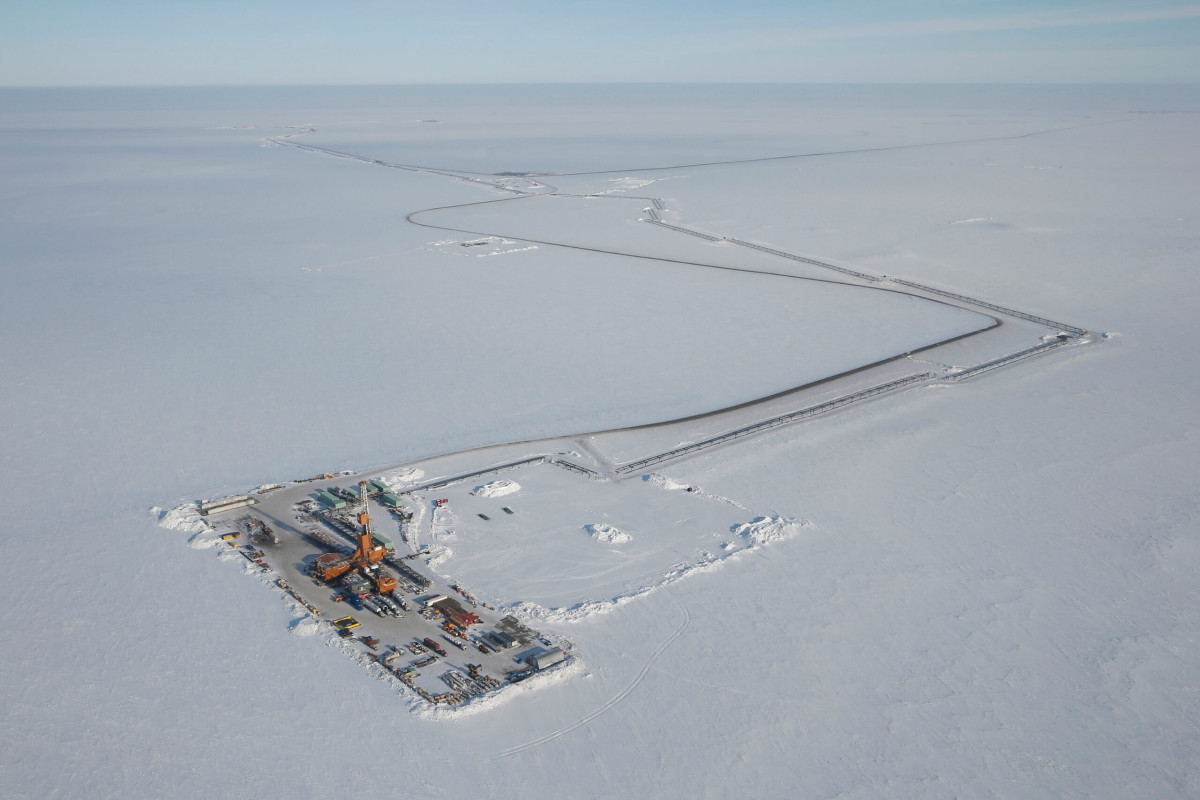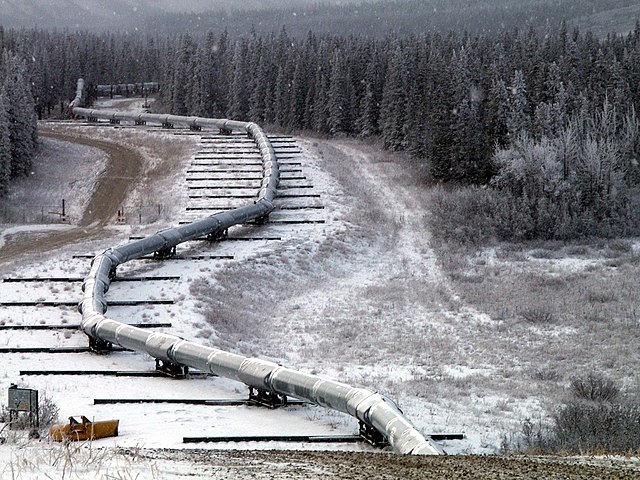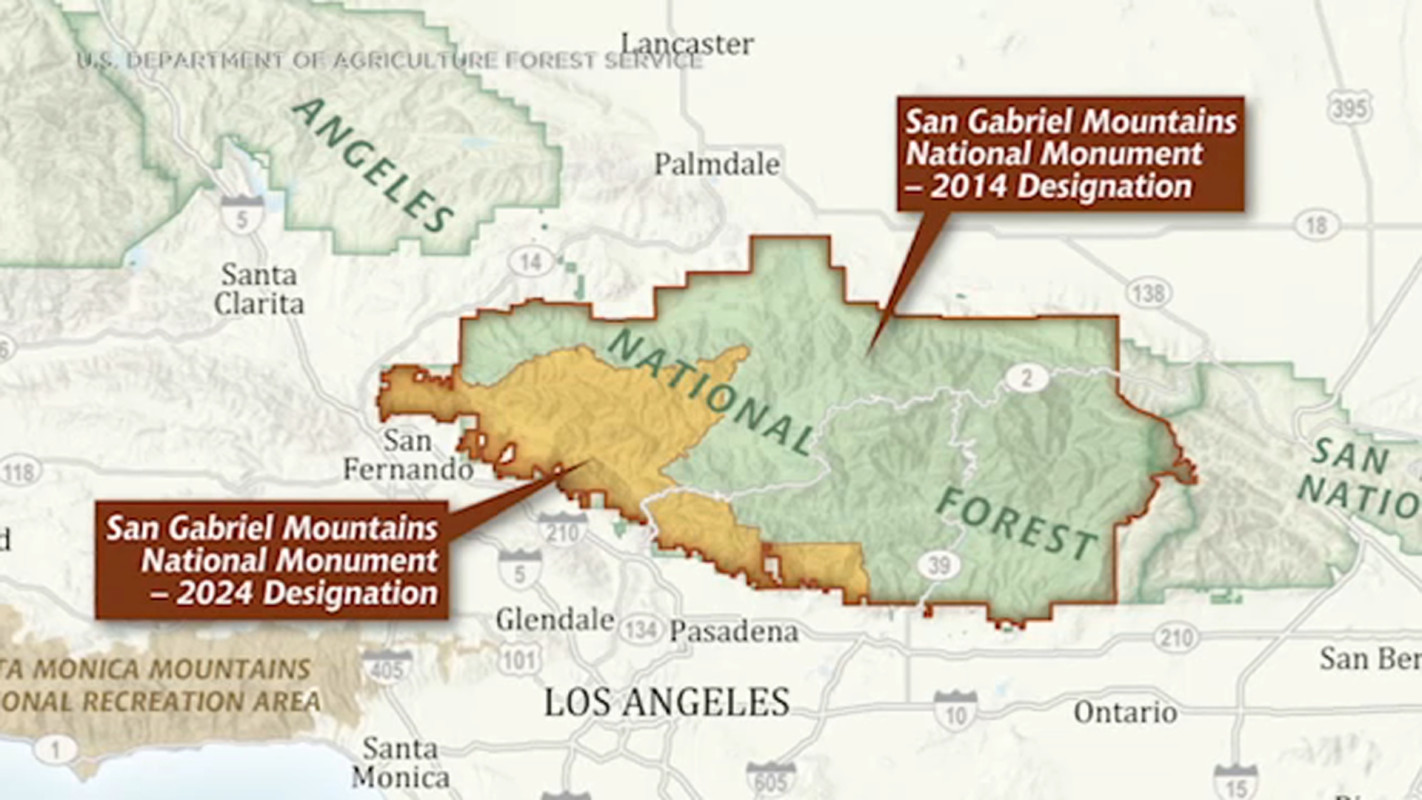 In a move to protect pristine lands, the Biden administration placed limits on future oil and gas drilling projects across 13 million acres of land in the National Petroleum Reserve in Alaska (NPR-A).
In a move to protect pristine lands, the Biden administration placed limits on future oil and gas drilling projects across 13 million acres of land in the National Petroleum Reserve in Alaska (NPR-A).
Furthermore, on April 19th, the Department of the Interior blocked the proposed construction of the Ambler Road project – a 211-mile road needed to access a planned zinc and copper mine in the Gates of the National Arctic Park and Preserve.
These initiatives are part of Biden’s goal to protect the last untouched ecosystems and wildlife in Alaska, as well as safeguard indigenous populations.
The Impacts Of Drilling
Environmental groups have applauded these decisions as steps forward in conservation and strengthening indigenous rights.
 The NPR-A and the Gates of the National Arctic Park and Preserve contain crucial habitats and species important for maintaining biodiversity. They are important regions for species such as migrating caribou, polar and grizzly bears, walruses, wolves, and many species of birds and fishes.
The NPR-A and the Gates of the National Arctic Park and Preserve contain crucial habitats and species important for maintaining biodiversity. They are important regions for species such as migrating caribou, polar and grizzly bears, walruses, wolves, and many species of birds and fishes.
Oil drilling poses serious risks to the environment, including degradation of habitats, loss of vegetation due to construction, risk of oil spills, and disruption of migration routes.
Meanwhile, Alaskans are split on the role of fossil fuels in their communities. Political opponents of the rule claim that this ban will hinder Alaskan manufacturing and economic growth, and will disrupt construction needed to access existing oil drilling tracts.
Some Alaska Natives fear that their standard of living will suffer because taxes on oil and gas infrastructure fund their communities by sustaining schools, fire and police departments, and other services. On the other hand, other communities see these two decisions as a huge win. As the Arctic warms faster due to global warming, caribou populations that Natives depend on for food are disrupted, and the migrations of other animals important to their culture - like bowhead whales, have shifted.
The Interior Department suggests banning new leases on an additional 10.6 million acres of the NPR-A. However, it will not affect projects that have already been approved or are currently functioning, including the ConocoPhillips’ Willow project. The rules are expected to face lawsuits from fossil fuel companies and Alaskan lawmakers, who argue that it is up to Alaskans to determine how to use their resources.
Other Conservation Efforts
 National monuments are areas protected by the government for their natural, cultural, or historical significance.
National monuments are areas protected by the government for their natural, cultural, or historical significance.
During his term, Biden has conserved 24 million acres of public land. He has also designated new monuments in Nevada and Colorado and reversed Trump’s restrictions on national monuments in Utah.
Biden recently expanded California’s San Gabriel Mountains National Monument and the Berryessa Snow Mountain National Monument by about 110,000 acres and 13,000 acres respectively, to further his goal of protecting public lands. This area receives more annual visitors than Yellowstone Park! Expanding these monuments will protect sacred Native American sites, an extremely biodiverse area, and boost local economies.
President Biden intends to safeguard 30% of our nation’s waters and lands by 2030 - an incredible goal. Let’s hope he sets a trend for the administrations to come.
Sources: Washington Post, NY Times, Wilderness.org, CNN







